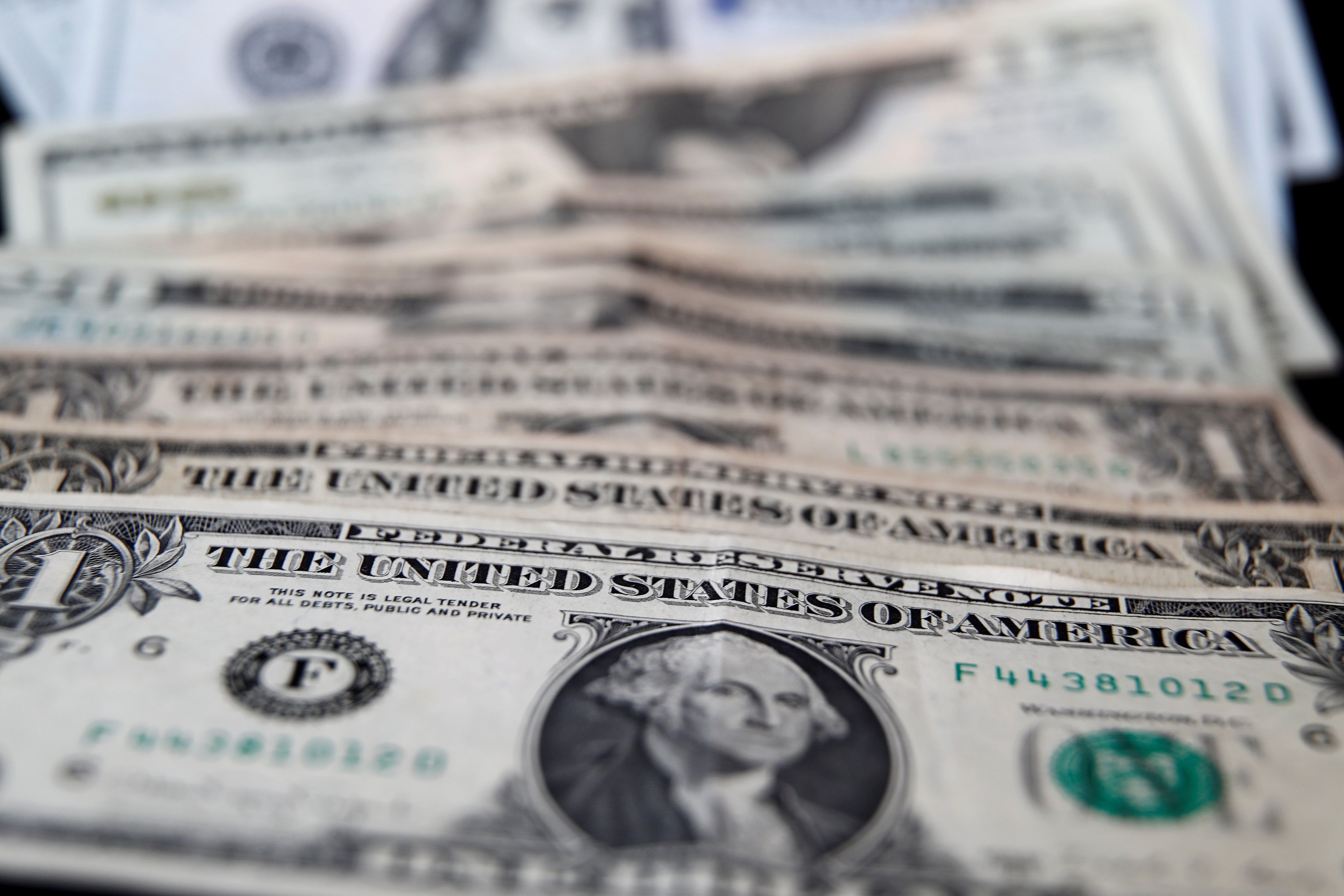
In 1929, Erich Paul Remark wrote an extraordinary anti-war story, taken on several occasions to the cinema. This is “No New on the Front”, where he tells the horrors of the First World War, focusing on the story of a group of friends, among whom he is himself, as he tells his own experience on the battlefield. The final scene, in the first film version, shot by Lewis Milestone, is memorable. In it, at the same time as the end of the contest is announced, one of the boys sticks his head out of the trench, watching with curiosity the flight of a butterfly.
The last bullet of the conflagration explodes in his head, while on the screen the battalion's part of the day is observed: “All Quiet on the Front”. It resembles the antithesis of the phrase that immortalized Neil Armstrong's descent on the moon. “A small step for man and a huge leap for humanity.” On the other hand, in the scene mentioned, the message could be: “A little story for humanity and a tragedy for the boy, his friends and his family”.
Russia's invasion of Ukraine is an equally tragic event, which is taking hundreds of innocent lives. However, there are no new developments in the international monetary scene that deserve to be mentioned. This is a routine, boring and monochord part. Just like in the movie.
“Nothing happened here,” the Federal Reserve could boast. There is no reason to modify the previously drawn roadmap. “All Quiet on the Monetary Front.”
As I anticipated in two previous notes in this medium, the increase in interest rates and the quantitative withdrawal of liquidity continue to be slow and uncompromised. Like feigning currency toughness.
The “market” from time to time “pretends” to be frightened, as if it wanted to avoid more decisive action by the monetary body. The Fed fears provoking a recession and the start of a memorable bear market, following a rising market of thirteen uninterrupted years.
Both behaviors could be considered complementary or, by forcing the terms a little, “accomplices”. They are two gears of the same mechanism, which are mutually and permanently self-feeding. They wouldn't make sense without each other, and vice versa.
All the same, but different
The “ghost of Paul Volcker” was replaced by the noises that the outbreak of the new contention in the oil supply chain and the rest of the international prices of the energy and agricultural commodities.

The slowdown in world demand, which will surely cause the brutal price of raw materials, could be equated to roughly eight doses of a quarter of percentage points in the benchmark rate at which the Fed usually “tightens” its monetary policy.
The result, however, should be the same. Inflation could go wide, as a result of the ocean of dollars that floods the world economy. There is also no shortage of alarmists, who announce a cruel stagflation. According to Nobel Prize winner Milton Friedman, inflation is always and everywhere a monetary phenomenon.
Changes in some key values, in this case “agro-energy” values, must be considered, a few more, among the many transmission vehicles used, in the short term, by the price system. These mechanisms are slowly and lagging behind, the effects of the largest monetary supply, towards the millions of exchange rate pairs that govern the pattern of exchange of the different goods and services that are traded daily in the world economy.
The magnitude of the growth in the amount of money, in the US, is the result of the accumulation of Treasury debt, due to excess public spending. It is also notable the loss of importance of the wealth-generating sector, at the hands of the growing bureaucracy, which suffocates the extraordinarily dynamic world of productive enterprises with taxes and regulations. They produce goods and services with increasing productivity, allowing the population's purchasing power to be increased.
This last phenomenon is what has allowed growth not to stop and, quite the contrary, to drag with its momentum to the rest of the local and international activities. In 1980, after 190 years of growth, the US national debt reached, for the first time, the incredible figure of “one billion dollars”, this being the cover of all the mass media. Right now, 40 years later, its magnitude is $30 trillion. The comments strike, the numbers speak for themselves.

The Fed, to all this, can do nothing to avoid the economic consequences of the loss of direction of what was once called the West. This one seems to have misplaced the compass and embraced, several decades ago, the MMT (in Spanish, TMM, Modern Monetary Theory). The main idea of its creators is that monetary issuance is not inflationary and that it is the obligation of countries to generate as much liquidity as possible to oil the growth of popular revenues.
Kennet Rogoff renamed him Modern Monetary Foolishness, but his reign is unbroken, even though all experts in currency and credit deny it.
In conclusion
It could be propitious to mutate to a system that uses monetary frugality, low taxation and unrestricted openness to world trade as tools to facilitate the re-deployment of the ongoing technological revolution.
The objective would be to return to a path of inclusive global growth, which spills the benefits in inverse proportion to the relative development of countries, returning the ladder back to its original place.
That is what the section of the library predicts that freedom of markets is such a subtle and incomparable tool that, to narrow down its reign, it is a crime against humanity and that, moreover, it condemns many countries to remain in the shadows, with increasing poverty and inequality, that only a new wave of capitalism competitive could cure.
A final opinion, as a “re-trick” towards Joseph Stiglitz's book: “Unrest in Globalization” has as its only remedy more globalization.
KEEP READING:
Últimas Noticias
Debanhi Escobar: they secured the motel where she was found lifeless in a cistern

The oldest person in the world died at the age of 119

Macabre find in CDMX: they left a body bagged and tied in a taxi
The eagles of America will face Manchester City in a duel of legends. Here are the details

Why is it good to bring dogs out to know the world when they are puppies



